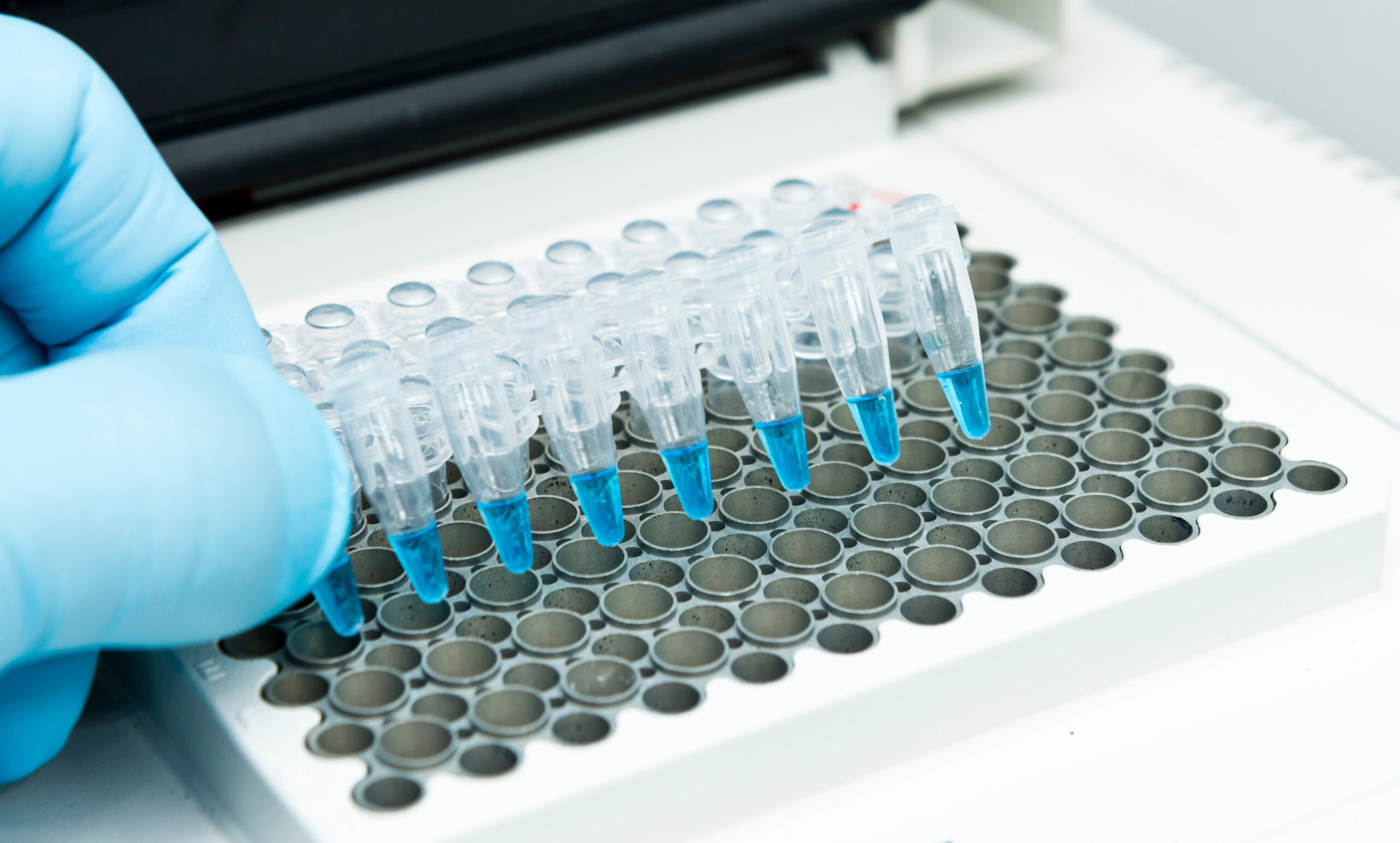Lyme Disease Testing
Biobest offer Lyme Disease testing on ticks, which can determine whether or not a tick carries the causative agent for Lyme disease in humans.

Lyme disease is tramsitted by bites from infected ticks In the UK, bites are most commonly aquired when walking in woodland and heathland areas, with ticks most prevalent in Southern England and Highland Scotland
Most people bitten will not notice at time and only realise when they see a tick embedded in their skin or weeks later when a bull’s eye rash develops In left untreated the symptoms can be very unpleasant, including:
- Heart palpitations
- Facial palsy
- Severe joint pain
- Short term memory loss
What should you use
Ticks should be removed using a specialist tick removing tool or fine tip tweezers. Do not use blunt tip tweezer as these are prone to squeeze the body of the tick. The tick should be pulled out steadily and evenly. Do not twist the tweezers when removing the tick.
How to store
Once removed the tick should be placed in a rigid container to minimise the risk of it being crushed in transit. Alternatively, a sealed bag such as a freezer bag, placed inside a rigid shipping container can be used. The tick can either be killed by freezing for 48 hours prior to shipping or sent live. Please be aware however that we cannot process a live tick due to the risk to our staff so should it arrive live it we will need to ensure it is dead before processing which could result in a delay to testing being carried out.
How to submit for testing
Fill in the Lyme disease PCR submission form available for download here or from our Submission Forms page and send it in to us with the tick. Testing is £55+VAT and when sending multiple ticks for testing, please package each separately with an individual reference number for each sample (e.g 1,2,3) and be aware each tick will be tested and charged individually.
Samples received by 9am Wednesday morning will be included on the test run with results available on Thursday afternoon. If samples arrive later on a Wednesday or on a different day then they will be included on the following week's test run.
What next
If the result is negative no trace of the bacteria associated with Lyme disease have been found, if the result is positive DNA consistent with bacteria which cause Lyme disease has been found, and there is therefore a risk of Lyme disease developing. The test report should be discussed with your doctor at the earliest opportunity, and can be used as a timely, accurate basis for initiating appropriate treatment and minimising the risk of long term illness.
For more information on our Lyme Disease PCR test Click Here
